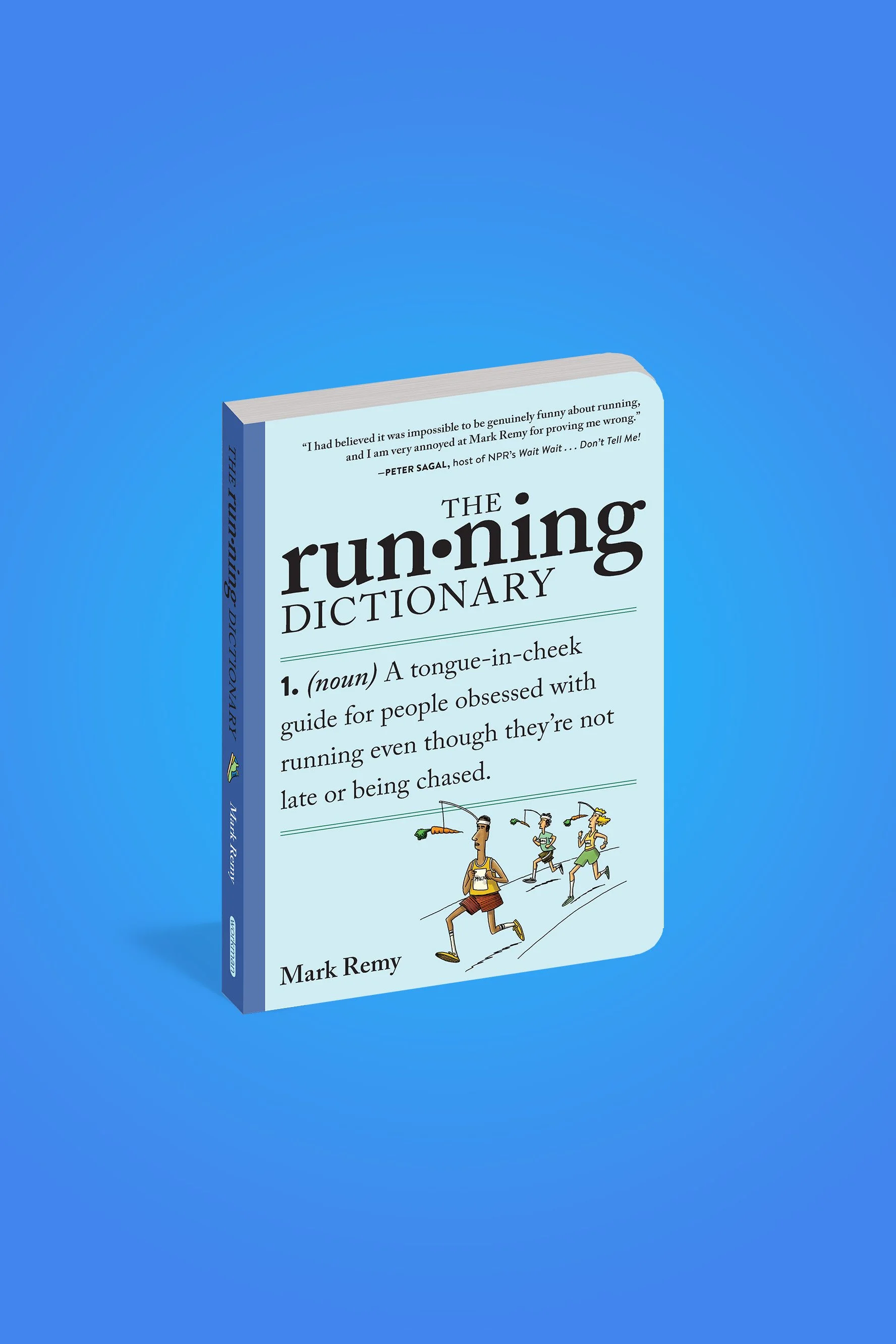What Is the Proper Way to Record My Running Mileage?
/Dear Dumb Runner,
Is there a general rule for recording mileage for a run? Some guys I know round up to the nearest whole mile, even if they've done, like, 4.5 miles. That seems like cheating to me. What do you say?—Josh T., New York City
Dear Josh,
The subject of recording mileage can be contentious. There are several approaches, each with pros and cons and each with its devoted adherents. None of them is considered the gold standard; there are no generally accepted practices when it comes to this kind of accounting.
Before we dive in, we should note that the best way to record your running mileage is in a copy of The Dumb Runner Training Journal. I would hope that goes without saying.
Beyond that, things get complicated. There are a number of methods and philosophies—both in how to determine or measure mileage, and in how precisely to record it. Here are what I consider to be the three most popular.
The GPS Zealot Approach
This is a relatively new one, which, as the name implies, is a favorite among users of GPS running watches. Fans of this approach follow their watches the way Evangelical Christians follow Jesus:
Guide me into your truth and teach me. For you are the Garmin who delivers me; on you I rely all day long. (Pheidippides 26:2)
Challenge the accuracy of a GPS Zealot's data at your peril.
Such is the zeal of the GPS Zealot that he will run well past the 5-mile mark of what he knows is a 5-mile run, simply because his watch tells him he's gone 4.85 miles. Likewise the GPS Zealot will send angry emails to race directors, informing them that their USATF-certified race course is a mile long, causing race directors to wail and moan and rend their garments.
GPS Zealots measure each run to the nearest 1/100 mile. Because they can. Seeing someone round up a run from 4.5 miles to 5 could very well send a GPS Zealot into anaphylactic shock.
The Known Quantity Approach
This method is much older and much simpler, though it has some big drawbacks. Essentially the Known Quantity Approach entails running on routes whose distance you already know. Maybe you know the distance because you've biked it before (and your bike has a cyclometer that measures distance), or driven it. Maybe it's the course of your town's annual 4-miler. Maybe you've run it enough times with GPS Zealot friends who have told you exactly how long it is. (They've probably given you several different exact figures, but you just averaged 'em.)
This approach is nice because you don't need to mess with a watch. Not so nice because you're limited to a relative handful of routes—and they're all, by definition, ones you've done before. Probably a lot.
The Close Enough Approach
This is probably the most common method of gauging and recording mileage. It also sounds like the one your friend uses. Close Enough adherents just don't care about precision. This isn't to say they're unserious about their running, or sloppy. They aren't, necessarily. They just figure that, in the grand scheme of things, as long as they're getting their runs in it doesn't really matter whether they ran 4.5 miles or 5.0 or 5.1. Especially when you consider that they very well might underestimate the mileage of their next run. Eventually it all evens out. And even if it doesn't, well, so what?
As for me, over the years I've developed my own system of logging mileage, and here it is:
I don't.
I call this the Who-Gives-a-Shit? Approach, and I highly recommend it. You'd be surprised how liberating it can be.
So. Is your friend "cheating" when he rounds up his mileage? Nah. It's close enough.
Yours,
Mark
Have a Question About Running?
Click here and we'll do our best to answer it. If we publish your question, we'll send you a free Dumb Runner T-shirt.





